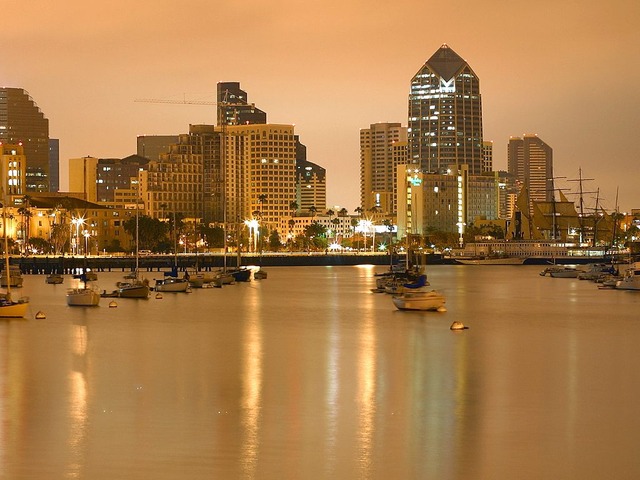Cities and renewable electricity have, respectively, become the habitat and energy of choice globally. The two are increasingly inseparable. Urbanization and electrification trends have turned cities and the grid into leading platforms for human activity, presenting unique opportunities for today’s utilities to partner with municipalities to achieve their smart city goals.
Deloitte developed a framework to identify and classify global cities that are deploying solar and wind power in connection with their smart city plans- smart renewable cities (SRCs). SRCs are already powered by solar and wind and envision the further deployment of these sources as integral to their objectives (see Renewables (em)power smart cities). This article identifies areas where utilities can partner with SRCs to deliver on their goals of economic growth, sustainability, and quality of life.
- Foster economic growth: Utilities are embracing wind and solar power as they reach price and performance parity with conventional energy sources across the world, help to cost-effectively balance the grid, and become more valuable assets thanks to increasingly cost-effective storage and other new technologies (according to Deloitte’s Global renewable energy trends). These renewable energy sources now come closest to meeting the growing demand for reliable, affordable, and environmentally responsible energy sources that utilities seek to provide. In the world’s top solar and wind markets, these two sources have reached price parity with conventional energy sources.
Utilities may find that integrating renewables into a city’s energy mix is cheaper than constructing new or operating existing conventional generation, yielding lower electricity rates while also providing ancillary services to the grid, according to an article in Greentech Media. At the same time, renewables also help foster economic growth by bringing new jobs such as wind technician and solar installer, two of the fastest growing jobs in the US, and by helping to attract and retain companies that seek to locate near clean energy sources and bring new jobs with them. - Achieve sustainability: Utility involvement is key to ensuring that SRC initiatives strengthen rather than burden the grid. Proactive utilities are incentivizing the strategic location of distributed energy resources, aggregating them into virtual power plants, and harnessing them to help balance the grid. San Diego Gas & Electric has deployed smart meters and worked with IoT technology providers to give building operators demand-response capability: Energy consumption sensors relay use patterns, enabling cost-saving behavioral adjustment, as reported in Cleantech San Diego.
AGL Energy, the utility serving SRC Adelaide, Australia, is already harnessing locally produced renewables in its deployment of the world’s largest residential virtual power plant. Through the aggregation of 1,000 solar-plus-storage systems, AGL Energy plans to provide 5 MW of energy as well as services to the grid. As renewable electrification spreads to smart renewable-powered buildings, vehicles, and even roads, new sources of electricity demand and supply are buffeting the grid. Whether utilities have visibility into this activity—let alone the ability to shape it and derive new revenue streams from it—depends partly on their level of involvement and communication with other stakeholders, including municipalities, consumers, and automakers.
- Offer a higher quality of life: Many SRCs have launched initiatives to expand access to renewables to lower-income households to foster inclusivity. SRCs such as Adelaide have implemented initiatives and partnered with utilities to lower upfront costs for solar systems, as mentioned in IRENA’s Renewable Energy in Cities. In SRC Georgetown, Texas, Georgetown Utility Services has proposed installing solar panels on leased residential rooftops connected to storage batteries, framing the initiative as a non-wire alternative to building a utility-scale power plant. Developed on the basis of citizen feedback, this model democratizes access because the utility covers panel installation, maintenance, and insurance costs in exchange for leased residential rooftop space to host a solar-plus-storage system that it owns and operates. Integrating renewables into the building and transportation sectors opens the prospect of transforming building operators and EV owners into energy consumers and producers—or prosumers. The utility mediating this relationship determines the extent of prosumer empowerment.
Many SRCs are propelled by strong local networks to create a smart city vision and set targets that are more ambitious than their respective regions, states, and/or countries. In the case of a big SRC such as San Diego, this network involves several overlapping platforms that include the utility among many partners across a range of industries. SRCs with aligned stakeholders are most quickly and effectively reaching their goals, either because the utility is a municipal entity, or an investor-owned utility embracing renewables and the shared goals of a smart city.
This is article is an excerpt summary of Deloitte’s Renewables (em)power smart cities report.





